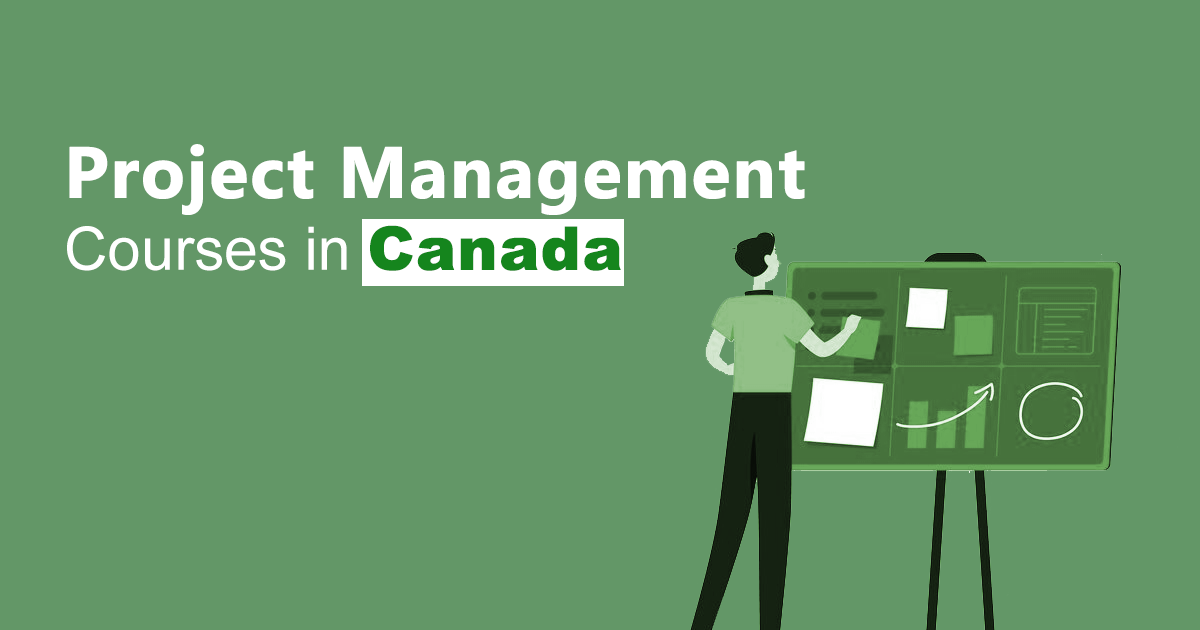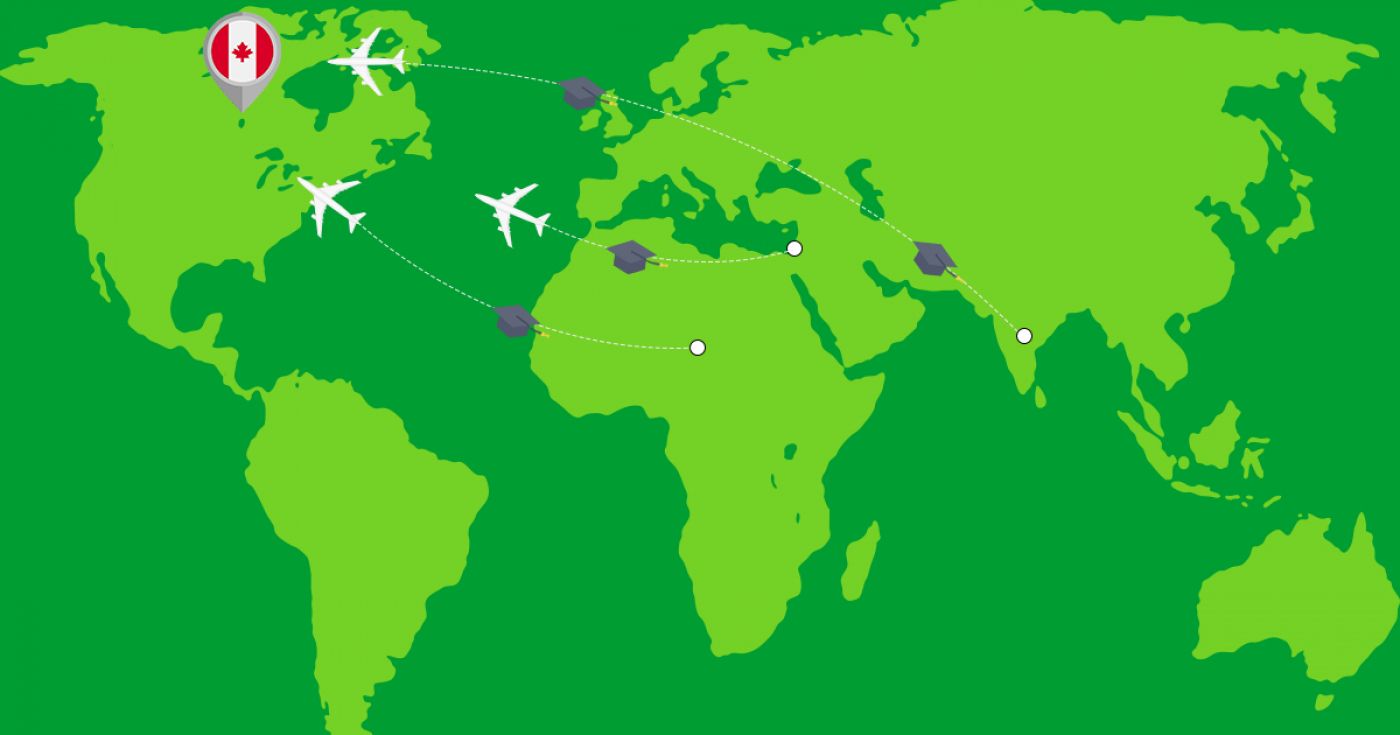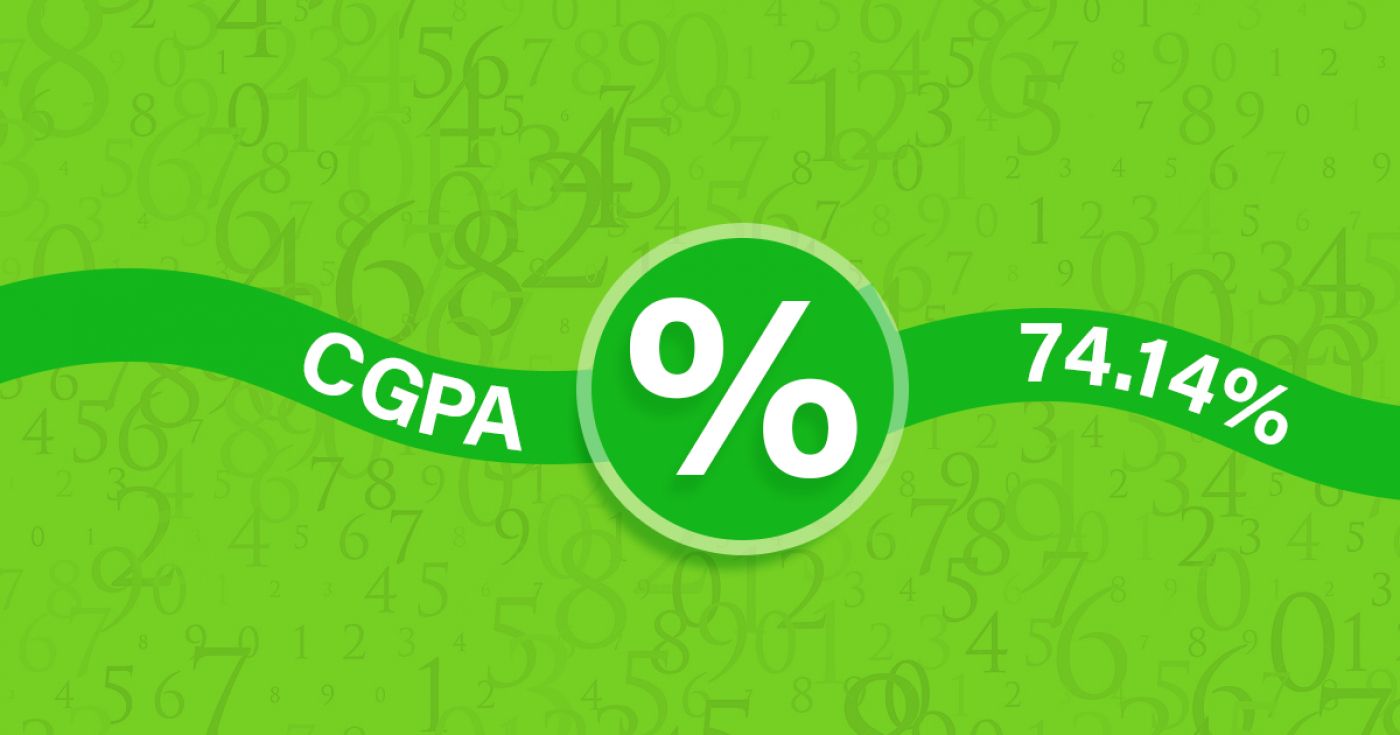Advanced Diploma in Electronics Engineering Technology (Co-op Optional)
at Humber College North Campus Canada
Overview
Humber’s advanced diploma program in Electronics Engineering Technology consistently ranks among our most employable programs. This program builds on skills learned in the Electronics Engineering Technician diploma program and will prepare you to work in all fields where electric circuits and systems are found. You will acquire strong fundamental knowledge to help you build a career in all new and emerging technologies manufactured here in North America like photonics, laser technology, medical imaging, new electronic materials and devices, intelligent systems, entertainment, and broadcasting systems. The program takes a system design and integration approach to electronic applications, and you will gain in-depth knowledge and hands-on training in:
- Electronic circuits: analog, digital, radio-frequency and programmable circuits
- Connectivity and interface design, embedded microcontrollers, IoT integration
- The full skill set of computer networking including wireless networks
- Wireless telecommunications, antennas, waveguides and transmission lines
- Telecommunication electronics such as photonics, fibre optics and microwaves
- Signal acquisition and signal processing
- Image processing including high-definition television (HDTV) and medical imaging
- Control systems both embedded and computer-based
- Instrumentation used in industrial, scientific and medical applications
We have designed the curriculum in collaboration with an advisory panel comprising highly successful industry experts in order to ensure you are learning the most up-to-date, relevant material. You will spend approximately half your time in labs working with electronic, analog, digital and programmable circuits and learning how to embed these circuits into cell phones, audio equipment, high-definition (HD) video systems, robots, computers and advanced instruments.
This program offers a co-op option. Co-op work terms enable you to apply your skills and knowledge in a work environment and gain valuable, practical experience related to your program of study. You will learn new skills, learn about the world of work and meet people in your profession. For students who are accepted into the program, three co-op work terms will take place. The first four-month work term is between Semesters 2 and 3, and then two consecutive four-month work terms between Semesters 4 and 5. There are limited spaces in the co-op option. Therefore, you will apply for the co-op option during Semester 1 and be informed of the process by which to apply. While co-op work opportunities are not guaranteed, as students are in a competitive job placement market, participating students will receive a wide range of services to help them find a co-op opportunity.
Human Resources and Skills Development Canada (HRSDC) reports that 75 per cent of the new jobs created between 2009 and 2018 are in high-skill, high-tech occupations. This demand will only grow as technology continues to advance and change the way we live and work especially in industrially dynamic regions such as the Greater Toronto Area (GTA). Our graduates work at major organizations such as CTV and CBC, Ontario Power Generation, Hydro One, Rogers, Telus and Bell, as well as BlackBerry, Celestica, and GE Canada, to mention just a few. They put the skills to work in research and development where they build prototypes and test new devices. They are manufacturers’ representatives, technical salespeople, managers and entrepreneurs. They manufacture electronic systems and install, maintain and troubleshoot such systems through their lifecycle. Some of our graduates choose to strike out on their own and launch their own businesses.
30
Application Processing Days
Under Graduate
Program Level
Fact & Figures
Full Time On Campus
Study Mode
36
Duration
Humber College North Campus
Location
Advanced Diploma in Electronics Engineering Technology (Co-op Optional) Assistant Fee
$16414
Tuition Fee
$12000
Average Cost of Living
$75
Application Fee
Advanced Diploma in Electronics Engineering Technology (Co-op Optional) Admissions Requirements
- Minimum Level of Education Required: To be accepted into this program, applicants must have Grade 12 / High School Diploma or equivalent including the following required course(s):-
- Grade 12 English (ENG4C or ENG4U or equivalent)
- Grade 12 Mathematics (MAP4C, MCT4C, MDM4U, MCB4U, MGA4U, MCV4U or MHF4U or equivalent)
- Two Grade 11 or Grade 12 C, M or U courses in addition to those listed above

Get superfast admissions at top Advanced Diploma in Electronics Engineering Technology (Co-op Optional) institutes in 2024
Benefits of choosing
➤Admission’s guaranteed at Top institutes across the world.
➤Enjoy exclusive application fee waiver’s with Edmissions.
➤Unlimited FREE Counselling sessions with Edmission’s
Experts
➤Get Tips from industry veterans to crack the IELTS exam in 1
week.
➤Assistance with scholarships, loans, forex, student accommodation and visa guidance.
Work Permit Canada
Students who wish to work in Canada require a work permit to do so. A student in Canada can work part-time during the course of his studies and full-time during holidays and semester breaks and post the completion of their course/program.
Rules for getting a part-time work visa in Canada
You can also work part-time on campus at your university.
Work Permit
Duration
Your part-time work permit will be valid for as long as you have a valid study permit.
Working Hours
20 Hours/Week
As a full-time student, you can work for a maximum of 20 hours a week. However, you can work full- time during holidays and breaks.
Document Required to Work in Canada
List
To apply for a work permit, you will need a study permit that mentions that you are allowed to work part-time on campus.
Social Insurance Number
Study Permit
You will need a Social Insurance Number (SIN) to Service Canada. if you wish to work in Canada during the course of your studies. To apply for the same, you need a valid study permit, and you should be a full- time student at a recognized university.

You can work part-time off-campus if you are studying in the Quebec province.
Duration of Work Permit Canada
Your part-time work permit will be valid for as long as you have a valid study permit.
Work Hours Canada
As a full-time student, you can work for a maximum of 20 hours a week. However, you can work full- time during holidays and breaks.
Document Required to Work in Canada
To apply for a work permit, you will need a study permit that mentions that you are allowed to work part-time on campus.
Social Insurance Number
You will need a Social Insurance Number (SIN) to Service Canada if you wish to work in Canada during the course of your studies. To apply for the same, you need a valid study permit, and you should be a full- time student at a recognized university.
Working after completing your course
In Canada, you will need a work permit to get a full-time job in Canada after finishing your studies. You chose a work permit like the Post-Graduation Work Permit (PGWP) if you wish to stay back in Canada and work full-time.
Visit Government of Canada Website for more detail
Post-Graduation Work Permit (PGWP)
The Post- Graduation Work Permit (PGWP) allows you to work for three years in Canada if you have completed a two years degree or more.
Application
how can i apply
You can either apply online or download the form and mail the application along with the required documents. Pay your fee and then wait for the decision to come.
Application Documents Required
List
To apply for the work visa, you need a degree from a recognized and accredited Canadian University along with an intention to stay and work in Canada only temporarily.
When to Apply?
One can apply for the full-time work permit in the first three months post the completion of their course during which the study permit is still valid.
How long does it take?
90 days
You will have to wait for 90 days for the decision on your work permit.
Duration
3 Years
The work permit is valid for 3 years if you have completed a two years degree program or more.
Fees
CAD 255
The fee for the work permit is CAD 255 plus the holder fee and the work permit processing fee.
Monthly Wages
CAD 1,600
An applicant is guaranteed a minimum salary of CAD 1,600 per month while working in Canada. This amount though varies on the job and the province you are working in.
Work Hours Canada
No Limit
There is no maximum limit, and you can work for as many hours as you want on the full-time work permit.

Required Documents
List
To apply for the work visa, you will need the following documents:
- Forms: IMM 5710, IMM 5476 and IMM 5475;
- Graduation Proof
- Proof of payment of work permit fees
- Copies of your travel and identification documents, passport pages and current immigration document.
Till a decision is made on your work visa, you can continue to work full time. All you need to have is your completed degree, should have applied for the permit before the expiry of your study permit and you should be allowed to work off-campus.
Information
Disclaimer
The information provided about the work permit is true and complete to the best of our knowledge. All recommendations are made without any guarantee on the part of the author or the publisher. The author and the publisher, therefore, disclaim any liability in connection to and with the use of this information.
Detailed Program and Facts
30
Application Processing Days
Full Time On Campus
Program Intensity
Under Graduate
Program Level
36
Duration
Study Visa
Student Visa For Canada
Any student who wishes to study in Canada requires a student visa. Some of the essential information for the application process is given below.
When Should I Apply?
4 to 6 months
Ideally, one should apply for the study permit at least 4 to 6 months before the commencement of your course/program.
Bank Account
No Need!
There is no need for a blocked bank account to apply for a student visa to Canada.
Duration of visa
Course Duration + 3 Months
The student visa is valid for the entire period of your course plus three months.
Time to Wait for Visa
35 Days
It takes time. It might take up to 35 days post your interview for the application process to complete and for you to finally receive your visa.
Appointment
Required
It varies from applicant to applicant, but one may have to take part in one or two visa appointments, namely a medical examination and a visa interview.
How you can apply
Application Process
An applicant can either apply online or offline by visiting a visa application centre and submitting their documents. After the analysis of your application, you might be called for an interview.
Fee
Visa Fee
The visa application fee for Canada is CAD 150.
Minimum Funds
833 CAD, 917 CAD
You require a minimum monthly amount to be deposited into your account to prove that you can sustain yourself while studying in Canada. If you are studying in Quebec, you need to have a monthly minimum of CAD 917, and if you are studying in a province except for Quebec, you need to have a minimum of CAD 833 per month.
Any other expenses
Required
You will have to pay a medical examination fee and a visa application service fee to the tune of CAD 15 if you visit a visa application centre to apply for your visa.

Medical Examination
Required
One has to undergo a series of medical examinations to be deemed fit for a student visa of Canada. The tests mostly include blood and urine tests, chest x-rays and other organ checkups.
Language Skills
Not Required
one doesn’t need to prove their language skills in applying for a Canadian Visa.
Disclaimer: The information provided about the work permit is true and complete to the best of our knowledge. All recommendations are made without any guarantee on the part of the author or the publisher. The author and the publisher, therefore, disclaim any liability in connection to and with the use of this information.
Other Courses by Humber College North Campus,Canada
Public Safety and Legal Studies
Diploma in Law Clerk
Humber’s Law Clerk diploma program provides in-depth training delivered by experienced professionals. Learn from practising lawyers and law clerks who will give you the inside scoop on the current trends and opportunities in the field. As a law clerk, working under the direct supervision of a lawyer, you will be an important part of the team that allows the lawyer to succeed.
Your law clerk education includes courses on contract, tort, real estate, corporate and family law, as well as in litigation, legal research, wills and estates, and more. Your solid knowledge on diverse areas of law, competence in a range of legal and court procedures, and strong written and oral communication skills will make you a valuable team player in the profession.
Work Placement
Students must complete a 120 hour work placement. The unpaid placement is completed during Semester 4. All courses from Semesters 1 to 3 must be completed before enrolling in the field placement in Semester 4. Working with the field placement advisor, students are actively involved in pursuing placement opportunities. In addition, students are expected to market themselves to prospective employers and are free to initiate their own placements.
24 month
Duration
$ 16414
Tuition
Creative Arts & Design
Advanced Diploma in Graphic Design
Humber’s Graphic Design advanced diploma program develops creative and strategic designers who execute for a wide range of interactive media such as web and screen, user interaction, motion design and also traditional print products. While learning and mastering design concepts, you will generate creative solutions and produce visuals for effective multimedia communication. As you gain desirable knowledge and skills, you will be exposed to the many topics and tasks required in contemporary design work. You will become strategically and typographically skilled and master digital, editorial, interactive, information, motion and web design techniques. Additionally, relevant programming and entrepreneurship knowledge will round out a comprehensive skillset.
As part of our interaction and design common platform cluster, this program will expose you to many aspects of design and allow you to collaborate with students in related fields. The first semester is shared with the Multimedia Design and Development program, and the first year of this program is shared with the Web Design and Interactive Media program. Your exposure to different types of design work and common programming elements will enable you to investigate your options and choose a focus prior to your second year of study.
You will explore the many facets of graphic design and be instructed and trained on industry-based technology and software. Cross-disciplinary projects will allow you to develop collaborative and teamwork skills while preparing you for workplace environments. This program includes the unique opportunity to work with BuildingF, our in-house creative & business communications hub, working on real projects for clients while building your portfolio and professional contacts.
36 month
Duration
$ 19557
Tuition
Journalism & Media
Graduate Certificate in Journalism
Humber’s Journalism graduate certificate program will immerse you in advanced research, writing and interview practices, data mining techniques, and a range of storytelling approaches for work within a multiplatform journalistic or information-gathering environment. You will also have the opportunity to pursue discipline-specific reporting in areas such as science, business, sports and the arts.
Using the latest technologies, the program will focus on training graduates for the field of journalism with an emphasis on digital journalism. Graduates will be able to function in a digital/online environment including social media and data-based journalism. An emphasis will be placed on providing you with opportunities to practise and develop your journalism skills through coverage of live field events.
Learning Outcomes
Upon successful completion of the program, a graduate will:
- Select relevant content and credible sources to create complex news reports.
- Assess socio-political and historical context, platform requirements, and audience needs when producing news reports.
- Use data gathering, mining and visualization and presentation tools to identify and report stories hidden in big data.
- Assess industry trends to inform professional journalism decisions and develop implementation strategies.
- Conceptualize, produce and manage the implementation of multi-platform digital content using a variety of content management systems and industry-related technologies.
- Manage a project in collaboration with other media professionals as part of a news production process in an integrated, multi-platform digital environment.
- Comply with and support others to work in accordance with industry, professional, legal and ethical standards of practice.
- Develop, implement and evaluate strategies for personal, career and professional development to enhance work performance and maintain currency with industry.
- Establish and maintain strategic relationships with a diversity of stakeholders to achieve business goals and strategic objectives.
Work Placement
You'll gain valuable first-hand experience through a mandatory work placement, usually unpaid, in the final semester of your studies.
Industry partners include but are not limited to CBC (TV News, Radio News, Talk Radio, Online and Podcasts), CTV (News Channel, Toronto Bureau, Ottawa Bureau, CTVNews.ca), CP24, Global TV News, TV Ontario, CityNews, 680 News, Toronto Star, Globe and Mail, Postmedia, The Canadian Press, local and regional newspapers, The Hockey News, TSN, Sportsnet, Maple Leaf Sports and Entertainment, Rogers M-School, Toronto Life Magazine, Entertainment One, Cineflix, ET Canada, etalk, The Social, CityLine and The Marilyn Dennis Show.
12 month
Duration
$ 18048
Tuition
Public Safety and Legal Studies
Graduate Certificate in Paralegal
Humber’s Paralegal graduate certificate program prepares you for an exciting career in the legal field. You will gain skills in legal research, oral and written advocacy, critical thinking and problem solving through a case-based and problem-based learning environment. You will develop your oral advocacy skills through active learning including presentations and mock trials.
Courses include tort and contract law, residential landlord and tenant law, employment law, small claims court, provincial offences and summary convictions, and administrative tribunal law and procedures. Studies in legal accounting, business planning, ethics and entrepreneurship help prepare you to set up and manage your own paralegal professional practice.
Learning Outcomes:
Upon successful completion of the program, a graduate will:
- Work within areas of permitted practice and articulate limitations on representation for paralegals.
- Develop and assess strategies which adhere to the professional and ethical requirements of the Paralegal Rules of Conduct.
- Research, analyze, interpret and apply the provisions of legislation and case law to client situations using proper legal citation methods.
- Conduct trial and tribunal advocacy in accordance with the permitted scope of practice of a paralegal by utilizing the applicable structure, process, and jurisdictional authority of courts and administrative tribunals.
- Select and employ effective human relations, interpersonal, and intervention strategies to assist in resolving conflicts.
- Develop a coherent case management strategy and execute it effectively.
- Select and utilize information technology resources and current industry computer software.
- Communicate effectively and persuasively, both orally and in writing, using accurate legal terminology.
- Create legal documents and correspondence required for use by clients and on behalf of clients.
- Investigate and utilize paralegal business practices competently and effectively.
- Demonstrate effective time management and organizational skills to meet the timelines and limitation periods within a legal environment.
- Identify and apply discipline specific practices that contribute to the local and global community through social responsibility, economic commitment and environmental stewardship.
12 month
Duration
$ 26202
Tuition
Journalism & Media
Graduate Certificate in Post-Production
Humber’s Post-Production graduate certificate program will develop the technological skills, creative and critical abilities you will need to thrive in the post-production industry. You will gain a firm grounding in industry-standard, non-linear video editing software. Through lectures and hands-on work, you will learn the fundamentals of the technical and aesthetic creation of digital media content and get the opportunity to specialize and target specific post-production skills to maximize your marketability in a competitive industry.
You will learn how to collaborate with other departments in the production chain, and how to develop efficient broadcast standard workflows. You will be introduced to the theory and practice of picture and sound editing/mixing, VFX and motion graphics creation, and you will learn how to make professional contacts, engage with employers and guilds, and the basic business skills you will need as a freelancer. You will study the fundamentals of branding and graphic design and produce a marketable portfolio website.
With technology as its main focus, your sound, picture, and visual effects compositing skills will enable you to create content to the industry standards required in the competitive media environment.
Learning Outcomes
Upon successful completion of the program, a graduate will:
- Prepare detailed post-production budgets using Movie Magic Budgeting programs.
- Evaluate documentaries, narrative films, TV series and music videos for creative features and technical aspects.
- Prepare and integrate 2-D and 3-D graphic and animation footage using post-production applications.
- Manage the editing process using an Edit Decision List.
- Complete picture editing projects using non-linear editing suites within specified time frames and budgets.
- Complete audio editing projects using non-linear editing suites within specified time frames and budgets.
- Design and build a network system for post-production applications.
- Manage post-production teams.
- Manage post-production projects.
- Distribute interactive content produced through the Web and DVD.
- Compile a portfolio of creative work for presentations to funding agencies and post-production facilities in order to secure employment.
Work Placement
- This program includes a mandatory work placement. We work with you to find a suitable placement in your chosen field of specialization, allowing you to apply the skills you’ve learned in a professional environment. Placements will take place in post-production houses and media companies in Toronto. Work placements are typically unpaid but provide you with the opportunity to further your knowledge in your chosen field and begin to build your resumé and network of professional contacts.
12 month
Duration
$ 29125
Tuition
Hospitality, Tourism, Wellness Leisure & Sports
Graduate Certificate in Sport Business Management
Humber’s Sport Business Management graduate certificate program prepares you for employment within the broader areas of sport, with particular emphasis on management in the industry. You will develop knowledge and skills in areas such as the structure and functionality of the Canadian sport industry, sport marketing, sales, sponsorship, communications, sport hosting, event planning and management. You will also learn the practical business, human resources and administrative skills to pursue a career in the industry.
Learning Outcomes
- Upon successful completion of the program, a graduate will:
- Communicate information related to sport business persuasively, accurately and credibly in oral, written and graphic forms.
- Apply computer skills and knowledge to support sport business management functions.
- Develop strategies for successful sponsorship programs and create and implement sport sponsorship packages.
- Identify, analyze and develop advanced management competencies.
- Analyze the impact of various international economic, legal, cultural, geographical and political systems on national and international sport organizations.
- Identify and analyze areas of civil law and governance that are relevant to the sport industry.
- Develop ongoing strategies and plans to enhance personal and professional growth and promote development as sport professional executives.
- Apply accounting and financial management skills to the analysis and management of a sport organization or enterprise.
- Effectively manage the development of staff and volunteers to optimize their contribution to a sport organization, enterprise or event.
- Transfer theoretical understanding to work in a variety of sport organizations, practicing as a competent, professional sport manager who respects legal and ethical standards.
- Research, analyze and systematically solve problems and make decisions using higher order thinking skills to develop strategies to meet information needs of internal and external sport stakeholders.
- Participate in the development and execution of sport business plans and manage risk.
- Create, plan, bid and implement sport and special events which respond to identified needs and maximize the delivery of the personal, social, environmental, and economic benefits of sport tourism.
- Develop and execute a strategic sport marketing plan including marketing objectives, marketing mix, strategies, budgetary considerations and evaluation criteria.
- Develop customer service strategies to meet the needs of all internal and external sport business customers and partners.
- Develop and implement selling strategies for both spectator and participant driven sport events.
Work Placement
- The work placement consists of two components and occurs across industry sectors including professional and amateur sport, sport governing bodies, sport marketing and event management companies, community and private sector sport organizations. The placement provides valuable experience and industry contacts. The first component of the placement is concurrent with coursework and is a minimum of 210 hours. The second component of the placement is six weeks in length and a minimum of 35 hours per week.
12 month
Duration
$ 18048
Tuition
Creative Arts & Design
Diploma in Fashion Art and Business
Fashion is an international business, and Humber’s Fashion Arts and Business diploma program places an emphasis on retail operations from both domestic and international perspectives. You will study marketing, store planning and merchandising, brand management, marketing, social media, event planning, and retail buying. You’ll also learn fashion trend forecasting, sales techniques, and colour and styling analysis while attaining basic knowledge of fashion products and fashion promotion. These skills are then applied to product launches, planning merchandise assortments, styling fashion shoots and the production of fashion events.
Our advisory committee provides regular review and input of curriculum ensuring our program is always on the cutting edge of industry developments.
In first year, courses in the business of fashion – marketing strategies, product knowledge, trend forecasting and web merchandising – give students an overview of this multibillion-dollar industry. In second year, students build on the skills developed on the foundation with wholesale sales, retail buying and operation, photo styling and event planning and budgeting.
Learning Outcomes:
Upon successful completion of the program, a graduate will:
- Differentiate the purposes and functions of and the relationships between various elements within the structure of the fashion industry in order to identify business opportunities, challenges and solutions.
- Define and use correctly the terminology and language of fashion from a business and art perspective in order to communicate effectively with the range of stakeholders in the fashion industry.
- Identify artistic and business trends in order to capitalize on emerging opportunities throughout the stages of product development, manufacturing, distribution and promotion.
- Respond to current market conditions based on detailed analysis of company and/or industry reports.
- Design promotional materials and events using current digital technologies and styling methodologies in order to advance fashion arts and business objectives.
- Employ professional practices which support current business strategies and plans adhering to legal, ethical and sustainable standards appropriate to the fashion industry.
- Create a variety of strategic planning deliverables for achieving measurable goals for fashion merchandising, marketing, operations, finance and sales.
- Conduct vendor negotiations, budgeting, critical path analysis, communications and operations for effective fashion-related promotional events.
- Tailor visual and verbal presentations suitable for various stakeholders (e.g. buyers, senior managers, vendors, customers) to meet their specific requirements.
- Generate social media strategy and content for marketing purposes in order to build product and brand awareness.
- Negotiate mutually profitable business-to-business transactions between parties in the supply chain in order to maximize cost effectiveness.
- Develop professional development plans to set career goals based on self-assessment of strengths, interests and opportunities.
24 month
Duration
$ 16414
Tuition
Business & Management
Graduate Certificate in Retirement Home Management
The Canadian Retirement Home (also known as Retirement Communities) industry is made up of multiple private residences within a single dwelling where residents live independently but interact frequently for recreation, meals and common interests. It is important to note that retirement homes are not long-term care or nursing homes where support is provided on a daily basis and residents may be housed in multi-resident spaces. The Canadian Retirement Home industry is expected to double in the next five years as Canada experiences a surge in aging baby boomers. This rapid expansion is creating an industry-wide need for qualified staff and retirement home managers.
Students in the Retirement Home Management Graduate Certificate program will be trained to fill this need by developing foundational skills in the areas of leadership, administration, hospitality, financial management, sales and marketing, health, wellness and recreation, food and nutrition, and human resources management. This program was developed with industry professionals from companies (Verve Senior Living, Chartwell Retirement Residences, Revera Retirement Living and others) of various sizes and scopes within the Retirement Home Management industry.
The program is ideal for students interested in this rapidly growing area, as well as those already working in the senior living industry who want to increase their level of responsibility or progress in their career. The program is also suited to those interested in related industries such as recreation, hospitality, food and beverage, nutrition, and sales.
Work Placement
This program will provide students with the hands-on practical exposure to the retirement home industry and the opportunity to specialize in their chosen area. It consists of a 200 hour placement in an approved retirement community of the student's choice. Students will have an opportunity to observe and learn from experienced professionals in a real-life work setting, while integrating their classroom learning in order to gain required hands on experience. Students have the support of a faculty internship co-ordinator and are able to apply to a variety of retirement communities run by our industry partners. They also have the opportunity to seek an employer for an approved internship. This work placement will take place after the second semester.
12 month
Duration
$ 18048
Tuition
Computer Science & IT
Graduate Certificate in Cloud Computing
Humber’s Cloud Computing Ontario Graduate Certificate provides you with the knowledge, skills and practices to become integral parts of cloud development and delivery in a variety of industrial settings. Utilizing a case methodology approach, students are exposed to everyday business challenges in order to develop experience in areas such as containerization, virtualization, data storage and security, and automation.
Six courses in the first semester are designed to provide foundational knowledge and skills in cloud computing to students who may have a wide range of backgrounds. In the second semester, the courses offer more advanced topics such as cloud solution architecture, cloud security, automation, big data and DevOps in cloud computing.
Upon completion of the program, graduates will have demonstrated the ability to apply cloud computing principles, methodology, and techniques to design and implement enterprise level applications hosted in virtual platforms in effective, secure and resilient infrastructure.
12 month
Duration
$ 20567
Tuition
Skilled Trades
Diploma in Industrial Woodworking Technician
The Industrial Woodworking Technician diploma program (located at the Humber Centre for Trades & Technology) provides you with the knowledge and skills to construct and install basic cabinets, as well as build traditional furniture using recognized trade practices. By completing a series of woodworking projects, students explore various types of joinery and construction techniques using hand tools, portable power tools, stationary machines, as well as computer-based technologies. Time management skills and the ability to work to a deadline are developed and stressed throughout the program. Graduates of the program will be able to produce shop drawings, calculate a list of materials, cut out and assemble basic cabinetry or furniture, and apply a finish. Graduates are able to safely operate most common stationary woodworking machinery, as well as program and run a number of CNC machines.
Employer interest in our graduates has grown steadily during the program’s history. We offer a comprehensive program that provides a solid grounding in woodworking and prepares a student for employment in a wide range of areas including store fixtures, architectural millwork (doors and windows), the kitchen cabinet industry, and furniture construction. Our advisory committee of industry professionals reviews our curriculum and ensure that students are receiving relevant training to prepare them for work in a range of woodworking related fields.
12 month
Duration
$ 26202
Tuition
View All Courses by Humber College North Campus, Canada
Top Study Abroad Exams
Popular Universities to Study Abroad
- University of Waterloo
Waterloo
- University Canada West
Vancouver
- University of Windsor
Windsor
- Cape Breton University
Sydney
- Dalhusie University
Halifax
- Carleton University
Ottawa
- University of Ottawa
Ottawa
- University of Guelph
Guelph
- Explore more colleges in Canada
- University of New Haven
West Haven
- Kent State University
Kent
- Wright State University
Dayon
- San Jose State University
West Haven
- Clark University
Worcester
- Rowan University
Glassboro
- Golden Gate University
San Francisco
- Arkansas
San Francisco
- Explore more colleges in USA
- Coventry University
Coventry
- University of Birminghame
Birminghame
- De Montfort University
Leicester
- Cardiff University
Cardiff
- BPP University
London
- University of West London
London
- University of Nottingham
Nottingham
- University of Warwick
Coventry
- Explore more colleges in UK
- Auckland Institute Of Studies
Auckland
- Massey University - Auckland Campus
Albany
- Eastern Institute of Technology - Auckland Campus
Auckland
- NorthTec - Auckland Campus
Auckland
- Massey University - Manawatu Campus
Palmerston North
- University of West London
London
- Wellington Institute of Technology (WelTec) - Petone Campus
Lower Hutt
- Otago Polytechnic - Dunedin Campus
Dunedin
- Explore more colleges in New Zealand
- Chandigarh University
Mohali
- Parul University
Vadodara
- Sharda University
Greater Noida
- Jain University
Bangalore
- Bennett University
Greater Noida
- Lovely Professional University
Phagwara
- Chitkara University
Rajpura
- Brainware University
Kolkata
- Explore more colleges in India
- Abu Dhabi University
Abu Dhabi
- Gulf Medical University
Ajman
- New York University
Abu Dhabi
- Emirates Aviation University
Dubai
- Higher Colleges of Technology
Dubai
- British University in Dubai
Dubai
- Al Ghurair University
Dubai
- American University in the Emirates
Dubai
- Rochester Institute Of Technology Dubai
Dubai
- Emirates Academy of Hospitality Management
Dubai
- American University of Ras Al Khaimah
Ras Al Khaimah
- Explore more colleges in UAE
- Ras Al Khaimah Medical and Health Sciences University
Ras Al Khaimah
Explore Colleges and Courses in Canada
- Arts & Humanities in canada
- Business & Management in canada
- Natural Sciences & Mathematics in canada
- Engineering & Technology in canada
- Computer Science & IT in canada
- Health Sciences, Nursing and Emergency Services in canada
- Social Sciences in canada
- Creative Arts & Design in canada
- Hospitality, Tourism, Wellness Leisure & Sports in canada
- Environmental Studies & Earth Sciences in canada
Latest Blog Posts
Trending Blog Posts
Search, Shortlist, Apply and get accepted! It’s that Simple to pursue your dream to Study abroad with Edmissions. Our team of experts provide you the right guidance that helps you to take admission in your dream college in countries like Canada, the USA, the UK
© 2021-2024 Edmissions - All rights reserved.
TALK TO OUR EXPERTS











